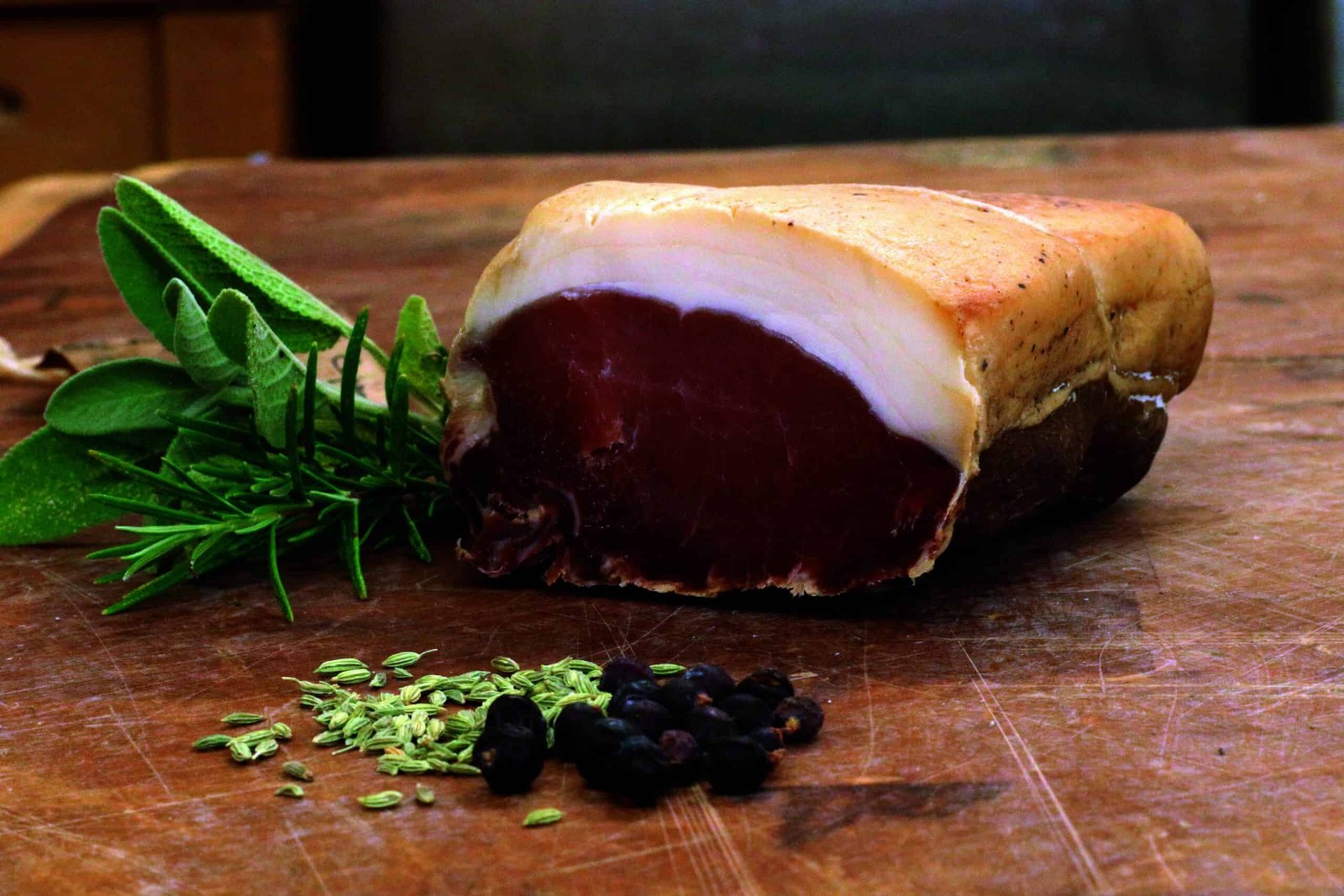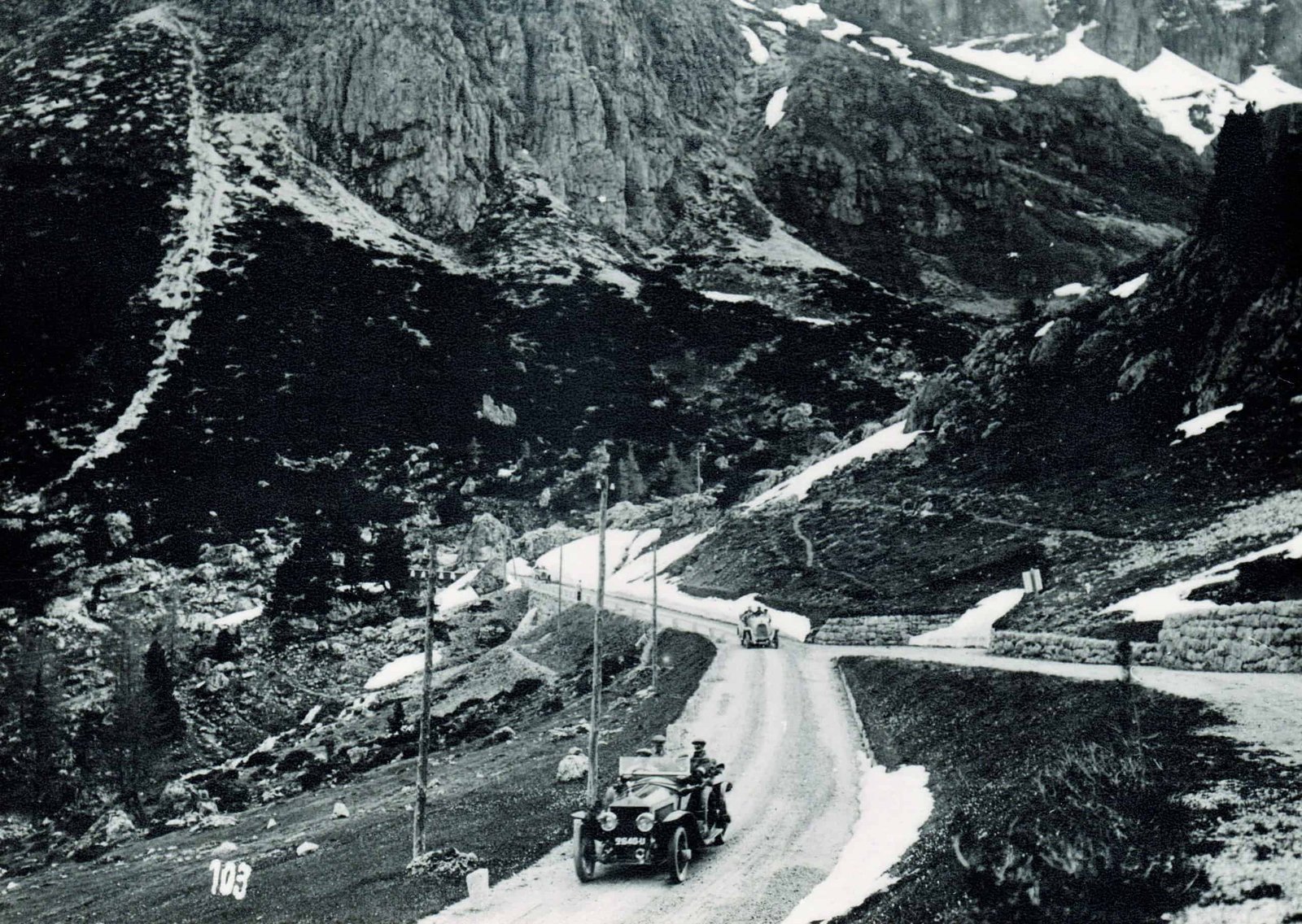Embracing animal welfare and an artisanal approach has helped The Charcuterie at Parsonage Farm to develop a reputation for quality
For Dave Watts, owner of The Charcuterie at Parsonage Farm in Upton, Hampshire, food is a passion that has been nurtured ever since he helped his grandmother to make jam and scones as a child. From there, he rose through the culinary ranks, eventually training under Raymond Blanc at Le Manoir aux Quat’Saisons in Oxfordshire. It was there, he says, that he found a “passion, drive and structure for the care of food, the different ingredients, and what to do with those ingredients”.
All of this came to the fore when, during the Covid pandemic lockdown in 2020, he bought the charcuterie business owned by his friends and neighbours next to his own pub, The Crown Inn. He resolved to continue their ethos of seasonal cooking and of full “nose to tail” use of the animals in the making of their produce.
“All the waste you have when butchering a pig, for example, we don’t just get rid of it. Instead, we take it round to The Crown and utilise it there, in stocks, in scratchings. Which is a pretty unique approach,” says Dave.

Furthermore, The Charcuterie only uses rare breed, locally sourced pigs, which makes for better-quality meat. “We’re not buying standard pigs en masse. They all have a story behind them – there’s a care in how they’re brought up. It’s a very artisanal, very northern Italian approach: small batches.”
For Dave, the story of The Charcuterie, its awareness of animal welfare and the environment, as well as the way in which their meats are prepared, is a key part of the product itself. Which is why they run half-day charcuterie workshops and spread the word at farmers’ markets.
“It’s all about variables, of touch and feel and weather conditions, working from that knowledge of how weather affects how a salami is cured. It is quite scientific. You’re taking a raw product that is still raw – but now you can eat it. It’s about the salt and fermentation process.
“Essentially, we are offering a better-quality product, much better than what you get pre- sliced in a vacuum pack in a supermarket. It’s wonderful to talk to people at farmers’ markets, see them taste it and watch their eyes light up.”
www.parsonagefarmcharcuterie.com











